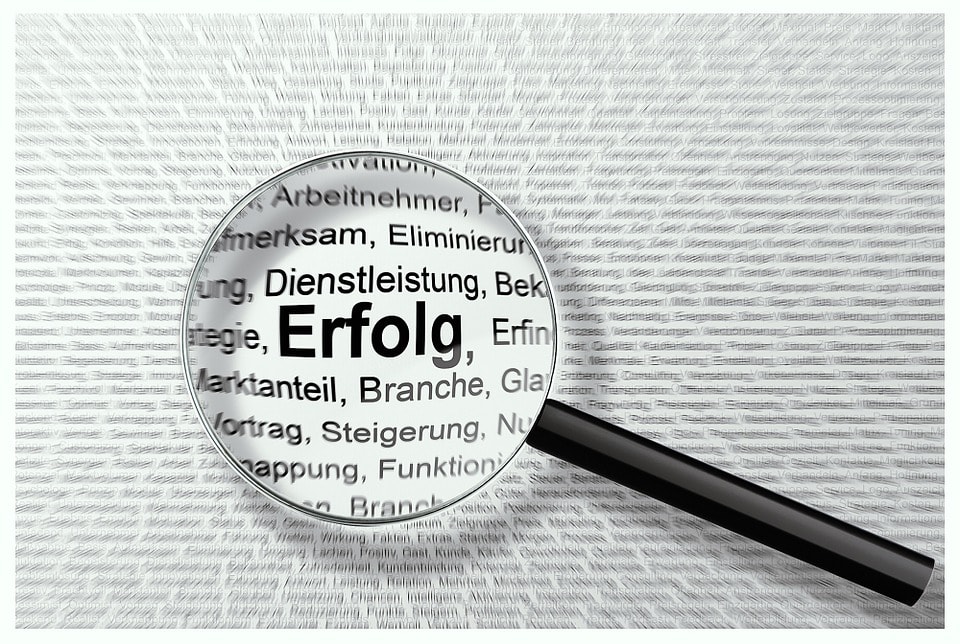10 Tips for Health & Safety Document Translation [2024]

High-quality health and safety document translation is essential for ensuring that all employees understand and adhere to safety protocols. So it goes without saying, when it comes to ensuring the safety and well-being of employees in global organizations, accurate health and safety translation is crucial.
Therefore, EHS (Environment, Health & Safety) departments must effectively communicate safety protocols, regulations, and procedures to employees worldwide. So, how do you do it effectively?

When utilizing file translation, there are numerous tips to get your documents translated effectively and with high quality. In this article, we will explore 10 essential tips for translating health & safety documents to help you navigate the complexities of language barriers and cultural nuances.
What You’ll Learn
In this guide, you’ll gain insights into the pivotal role of health and safety document translation within global EHS strategies.
- Learn how to navigate the complexities of regulatory compliance, ensuring your translations meet both local and international standards.
- Discover the criteria for selecting professional translation services with the specialized knowledge required for EHS materials.
- Delve into strategies for ensuring terminological consistency and maintaining cultural sensitivity. Both are vital for engaging a diverse workforce.
- Explore best practices for implementing rigorous quality control measures and keeping documents up-to-date with the latest regulations.
Stay tuned for a valuable tip at the end on enhancing efficiency and security in your translation processes.
10 Tips for Translating Health & Safety Documents
1. Understand Regulatory Requirements
Importance of Compliance
As you may know, navigating through the complex landscape of EHS regulations requires a comprehensive understanding of both local and international standards. Consulting authoritative entities such as OSHA and ISO can offer critical insights into the necessary safety protocols and best practices.
For example, OSHA has key points on translating safety materials:
- Training & safety instruction must be understandable for all employees
- Safety data sheets, operating manuals, emergency procedures, etc. must be available for all employees
- Employers must instruct their workers so they can understand
In addition to ensuring that compliance documents are correctly translated, this also sets a standard for excellence and precision in the translation process. It is essential for supervisors to stay informed about these norms to effectively protect the health and safety of employees in various regions.
2. Ensure Consistency in Terminology
Creating a Glossary
To ensure all health and safety instructions are unmistakably clear, developing a glossary of key EHS terms and phrases is a smart place to start.
This glossary acts as a reference point for translators, maintaining uniformity across various documents. It guarantees that terminology is not only consistently applied but also aligns with the specialized language recognized within the EHS sector.
Why is this important? Such uniformity is crucial for eliminating ambiguity and enhancing the comprehension of safety protocols among employees, regardless of their linguistic background. This practice solidifies the foundation for effective and reliable communication in multilingual settings, fostering a safer work environment for everyone.
3. Be Culturally Sensitive
Adapting Content
Acknowledging the diverse cultural backgrounds of your workforce is essential in the translation of health and safety documents. Adaptations should be made to ensure content resonates with and is respectful of the cultural norms and practices of the intended audience.
This process is also known as content localization.
This sensitivity aids in the accurate interpretation of safety protocols while fostering an inclusive environment where all employees feel valued and understood.
Lastly, by carefully considering these cultural distinctions, organizations can effectively communicate vital safety information, avoiding potential misinterpretations that could compromise employee safety.
4. Use Clear and Simple Language
Writing Plainly
For successful health and safety communication, the language used must be accessible and understandable by everyone. By choosing straightforward, easily digestible language, organizations can ensure that crucial safety information is comprehended by all employees, regardless of their linguistic proficiency.
This same rule applies to translations. Plain writing helps with clear translations and ensuring safety protocols are being received correctly.The goal is to minimize the risk of misunderstandings and ensure that safety protocols are clearly conveyed.
5. Incorporate Visual Aids
Enhancing Understanding
Visual tools play a crucial role in transcending linguistic boundaries, making them indispensable in health and safety documentation. By integrating diagrams, symbols, and pictograms, companies can universally communicate essential safety instructions more effectively.
Unfortunately, visuals could easily differ in various cultures. Therefore, it’s important to select visual representations that are universally recognized or easily understandable across different cultures to prevent misinterpretations. It’s also important to translate any media that displays language that could easily be overlooked.
Additionally, ensuring these aids align with textual information enhances overall comprehension and adherence to safety protocols, significantly reducing the risk of workplace accidents and enhancing the safety of a diverse workforce.
6. Implement Quality Control
Review and Proofreading
Incorporating a thorough quality control protocol is essential for guaranteeing the accuracy and reliability of health and safety document translations. This process should involve meticulous reviews by native speakers who are also experts in EHS content, ensuring the translation is contextually correct and technically precise.
Additionally, the practice of back-translation—a method where the translated document is retranslated into the original language—can serve as an effective tool to catch and rectify any discrepancies or errors.
7. Seek Legal Review
Ensuring Compliance
Legal experts with knowledge of both the source and target regions’ legal systems could help in meticulously examining each translation. Their expertise guarantees the documents adhere to local and international standards, thereby avoiding potential legal pitfalls and liabilities.
This step is crucial for maintaining the legal integrity of safety protocols, ensuring they protect the company and its employees without exposing either to unnecessary legal risk.
8. Provide Training and Collect Feedback
Employee Engagement
To maximize the effectiveness of translated health and safety documents, it’s essential to conduct comprehensive training sessions for employees. In addition to your regular training sessions, include an opportunity for employees to engage with the translated content.
These sessions not only familiarize staff with new procedures and protocols but also provide an invaluable opportunity to gauge understanding and gather critical feedback.
This feedback loop enables continuous improvement, ensuring the translations are clear, accurate, and effective in conveying essential safety information. Actively involving employees in this process not only enhances their comprehension but also empowers them to contribute to a safer workplace environment.
9. Regularly Update Documents
Keeping Content Current
The dynamic nature of EHS regulations necessitates regular updates to health and safety documents to ensure ongoing compliance and relevance. Try to include the translation process within these regular procedures. By scheduling periodic reviews, you can swiftly incorporate changes in laws, standards, and company policies into the translated materials simultaneously.
This proactive approach prevents the dissemination of outdated information and guarantees that employees always have access to the most current safety guidelines.
10. Embrace AI-Powered Translation Management Systems
Streamlining Translation Efforts
Our final and highly-suggested tip is embracing AI-powered translation management systems. If you want to ensure consistency (tip 2), be culturally sensitive (tip 3), while implementing high quality translation, you’ll find AI-powered translation management systems as a great tool.
Improving Efficiency and Confidentiality
Incorporating AI-powered translation management systems, like Pairaphrase, revolutionizes the efficiency of translating health and safety documents. These platforms leverage advanced algorithms to ensure fast, high-quality translations while maintaining the confidentiality of sensitive information.
Benefitting from Cost and Resource Savings
By producing an initial draft with the AI translation management system, you can significantly reduce the time and resources typically required for manual translation efforts. Added bonus? When executing numerous file translations, it could become daunting and cost-heavy. Starting with an AI-powered translation management system takes that load and stress off.
Ensuring Compliance and Accuracy
This tool should be used as the first few steps and then confirmed with OSHA and ISO regulations, such as reviewing it with qualified translators or legal experts. This will allow your employees to swiftly adapt to new regulations and communicate essential safety information as they are updated.
Key Takeaways
In conclusion, ensuring the accurate translation of health and safety documents is essential for maintaining compliance and safeguarding employee well-being across organizations.
- Develop a termbase glossary and use it for consistency in terminology across all documents.
- Incorporate regular updates and comprehensive quality control measures to keep documents current and reliable.
- Leverage AI-powered translation management systems for efficient and secure translation processes.
FAQ
Why is health and safety translation important?
Health and safety translation plays a critical role in ensuring every employee comprehends essential safety protocols and that documentation adheres to regulatory standards.
What types of health and safety documents need translation?
Common documents that require translation include:
- Safety manuals and policies
- Safety data sheets
- Warning labels
- Emergency procedures
- Incident/accident reports
- Training materials
- Equipment operation manuals
- Regulatory compliance documents
What should I include in my quality control process?
A comprehensive quality control process should incorporate thorough reviews and proofreading by native speakers well-versed in EHS matters, alongside a legal review to confirm compliance with applicable laws and regulations.
In addition, use processes like translation memory tools, editor reviews, and specialized QA checks that are visited in the ISO17100 certification requirements.
Translate Health & Safety Documents with Pairaphrase
Want to get started with your health and safety document translations? Try Pairaphrase. It’s the AI-powered translation management system for teams who value smarter, faster and safer translation.

Pairaphrase supports 140+ languages and 20,000+ language pairs including Spanish, French, German, Arabic, Hindi, Chinese, Japanese and more. Not to mention, it performs file translation for 24 file types.
Get Started
Schedule a demo or share this article with a colleague.
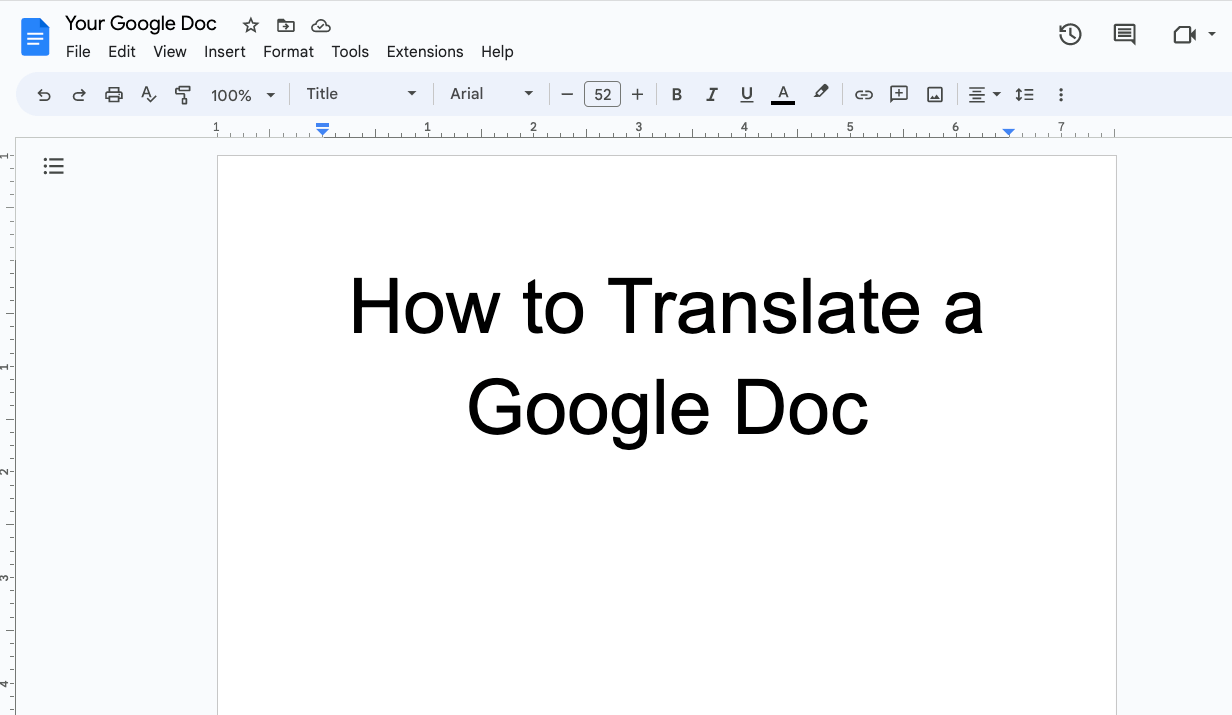
How to Translate a Google Doc Most Efficiently [2025]
Want to translate Google Doc text? Learn why you should use Pairaphrase as your Google Docs translator.
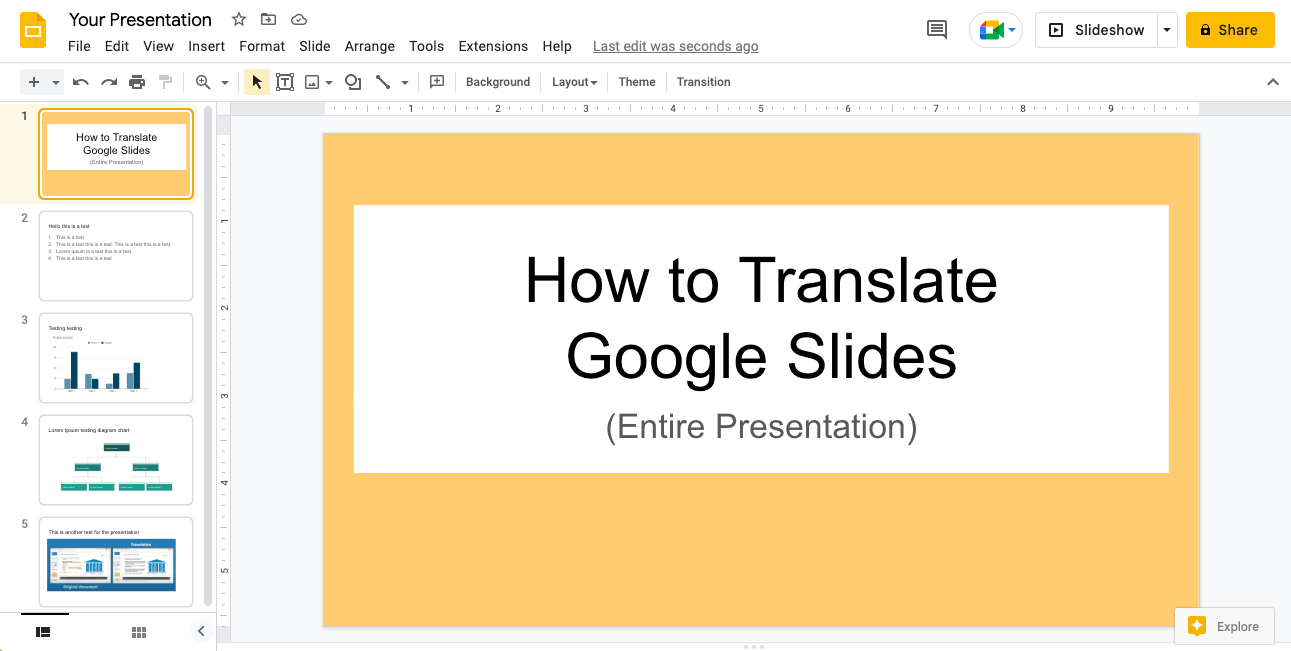
How to Translate an Entire Google Slides Presentation [2025]
Want to translate Google Slides presentation text, notes & charts? Learn why you should use Pairaphrase as your Google Slides translator.
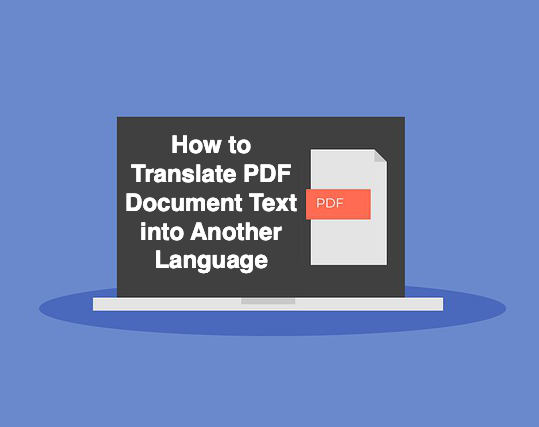
PDF Translation Problems & Solutions: Troubleshooting Guide [2024]
Learn common issues involved with translating PDF documents and discover why Pairaphrase is the best PDF document translator.

Most Accurate Translator Tool: What to Look for [2024]
While a 100% accurate translator does not yet exist, this post will tell you how to get the most accurate translator tailored to your company’s words and phrases.

11 AI Translation Industry Trends in 2024
Explore 2024 translation industry trends! Learn about 10 AI translation industry trends 2024 will bring, according to our predictions.
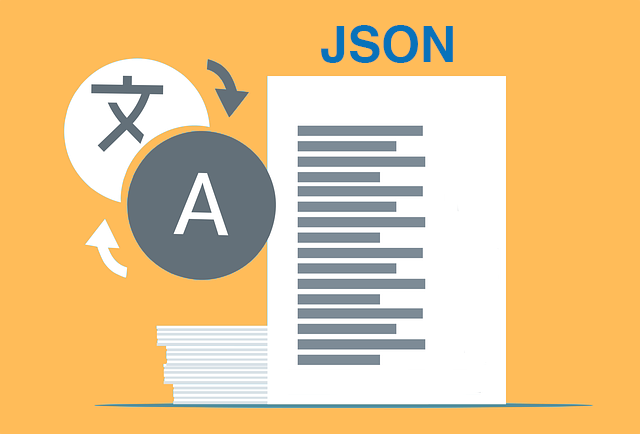
How to Translate JSON Files Online Effectively [2024]
Want to translate JSON files? Learn why Pairaphrase is the best way to auto-translate JSON files online.
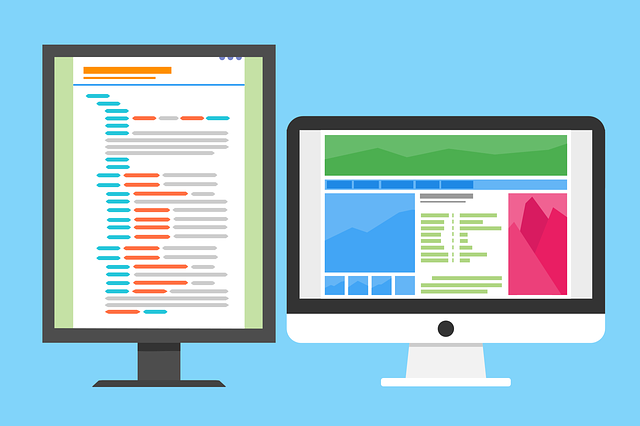
How to Translate HTML Files to Another Language [2024]
Want to translate HTML files to another language? Learn why Pairaphrase is the best way to translate HTML files.
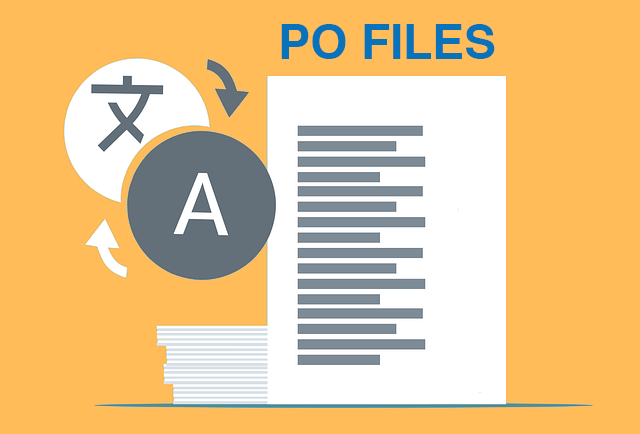
How to Translate PO Files Online [2024]
Need to translate PO files online? Learn why Pairaphrase is the best way to translate PO files.

OpenAI Language Translation: Pros & Cons for Enterprises
Exploring OpenAI language translation capabilities? In this article, discover the pros & cons of OpenAI translation for enterprise use.

File Translation 101: Your Guide to the Basics
Learn all about file translation in this 2023 guide to gain an understanding of the different kinds of file translation services & formats.

Best Way to Translate Elucidat Course Content
Learn how Pairaphrase makes Elucidat course translation reusable, secure, fast and easy.
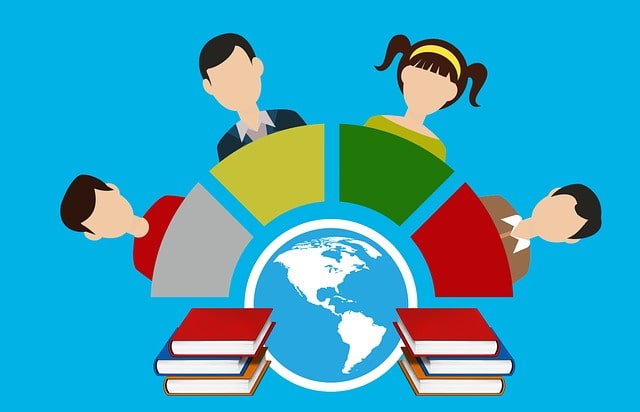
5 Tips for eLearning Localization in 2024
Need to localize eLearning content? Familiarize yourself with these 5 eLearning localization tips for effective multilingual training.

How to Translate a Text File Online [2024]
Want to translate a text file? Learn why Pairaphrase is the best way to translate a text file for your organization.

Best DocTranslator Alternative (2024)
Want a secure enterprise alternative to DocTranslator? Learn why Pairaphrase is the best DocTranslator alternative for enterprises here »

Top 8 Translation Industry Trends (2023 Outlook)
Explore 2023 translation industry trends! Learn about 8 translation industry trends 2023 will bring, according to our predictions »

Best English to Polish Document Translation Software [2024]
Looking for English to Polish translation software, but not sure what features you need? Access this buying guide.
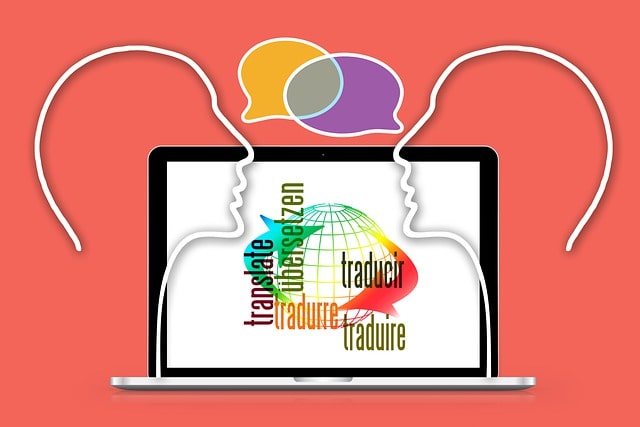
Translation Services 101: Your Guide to the Basics
Need translation services? First, learn the basics! This way, you can make an informed decision. Explore this guide to translation services.

Best Redokun Alternative for Enterprises (2024)
Want a secure enterprise alternative to Redokun? Learn why Pairaphrase is the best Redokun alternative for enterprises here »
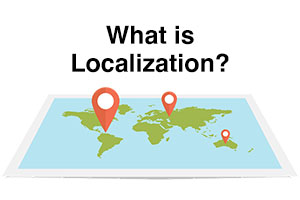
Localization 101: Your Guide to the Basics
Curious about localization? Learn about localization vs translation, what it is, how it works, benefits & more in this guide to the basics!

Best Memsource Alternative for Enterprises (2024)
Want a secure enterprise alternative to Memsource? Learn why Pairaphrase is the best Memsource alternative for enterprises here »
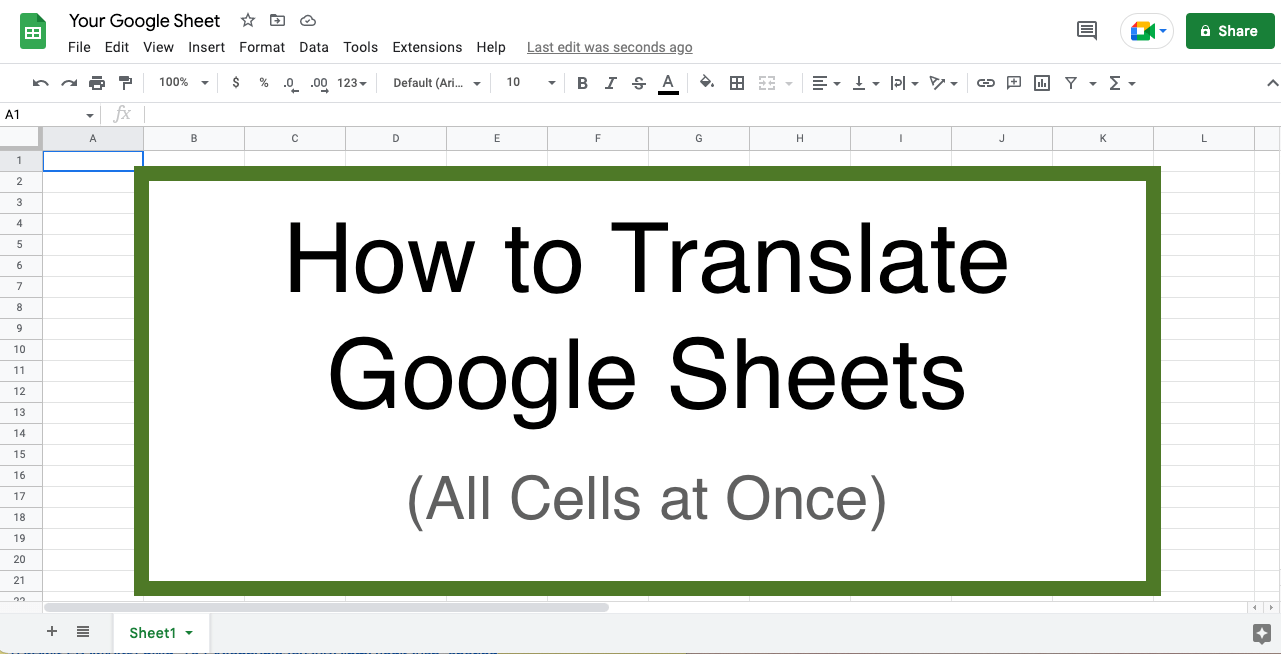
How to Translate Entire Google Sheets (All Cells) [2025]
Want to translate entire Google Sheets? Learn why you should use Pairaphrase as your Google Sheets translator.
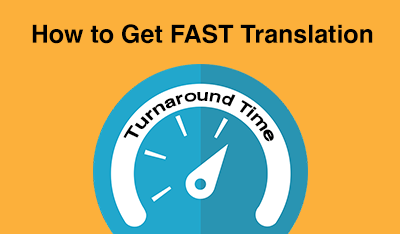
Fast Turnaround Translation: How to Get it
While fast translation turnaround and linguistic quality is a delicate balance, this post will tell you how to best use Pairaphrase to get fast translations.
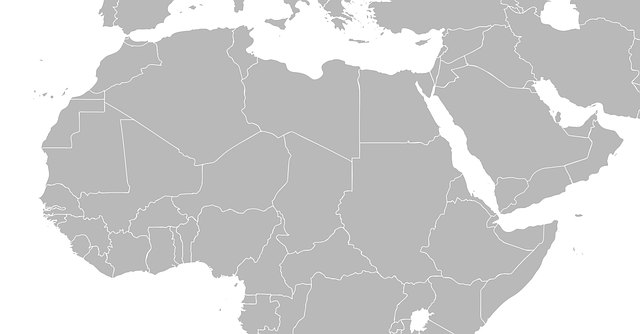
Best English to Arabic Document Translation Software (2024)
Looking for English to Arabic translation software, but not sure what features you need? Access this buying guide.
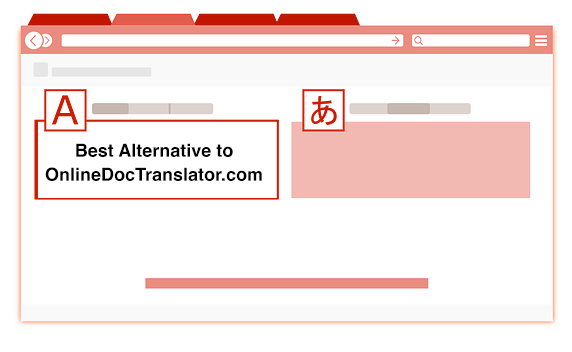
Best OnlineDocTranslator.com Alternative (2024)
Considering an alternative to OnlineDocTranslator.com? Explore why Pairaphrase is the best OnlineDocTranslator.com alternative for enterprises.
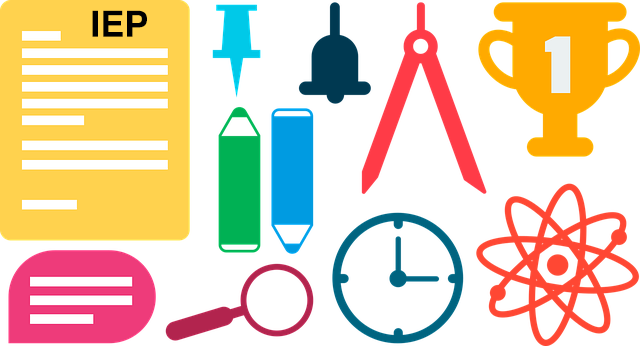
How to Translate an IEP Document [2024]
Need to translate an IEP document? Learn how to translate IEP documents in the most efficient and secure way possible.
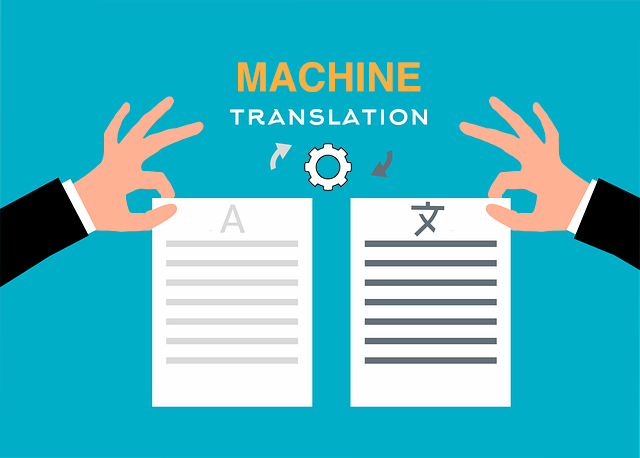
Machine Translation (MT): Your Guide to the Basics [2024]
Curious about Machine Translation (MT)? Learn about machine translation, how it works, benefits of machine translation & more.
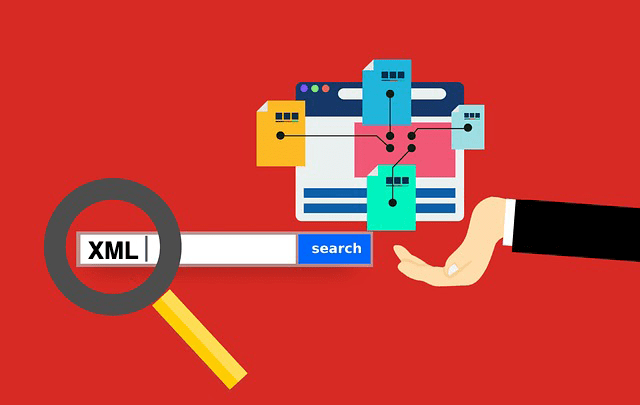
How to Translate XML Files Online (2024)
Need to translate XML files online? Learn about the best features to use when translating XML files.

Best English to Italian Document Translation Software (2024)
Want the best English to Italian document translation software for business? Read about the 10 best English-Italian translator app features.

Terminology Management in Translation: Essential Guide [2024]
Learn all about terminology management in this comprehensive guide.

Smartling Alternative for Enterprises in 2024
Want a Smartling alternative? Explore 10 possible reasons you need one, and why Pairaphrase might be your best alternative.
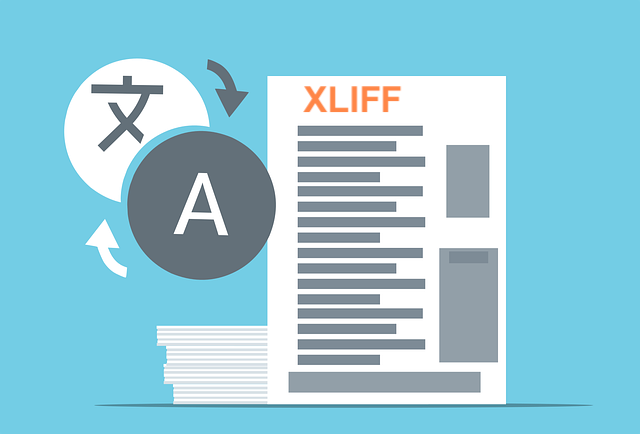
How to Translate XLIFF Files Online Successfully (2025)
Need to translate XLIFF files online? Learn why Pairaphrase is the best way to translate an XLIFF file.

Best Japanese to English Document Translation Software (2024)
Looking for Japanese to English translation software, but not sure what features you need? Access this buying guide.

How to Translate SRT Files Effectively [2024]
Learn how to translate SRT files in 2022! Explore the reasons Pairaphrase is the best way to translate an SRT file effectively.

Best English to Japanese Document Translation Software (2024)
Looking for English to Japanese translation software, but not sure what features you need? Access this buying guide.

Brochure Translation Software Features to Look for
Need brochure translation? Look for these 10 top brochure translator features (before you buy).

Best Way to Translate Articulate Course Files
Need to translate Articulate course files? Learn why Pairaphrase is the best way to translate Articulate files (XLIFF 2.0).

Best Way to Translate Multiple Files Simultaneously Online [2024]
Need to translate multiple files simultaneously online? Learn why Pairaphrase is best for batch translation.

Using Pairaphrase Translation Software with Amazon Translate
Curious about translating with Amazon Translate (AWS)? Learn about using Amazon’s machine translation engine with Pairaphrase.

Best English to Hindi Document Translation Software (2024)
Looking for English to Hindi translation software, but not sure what features you need? Access this buying guide.
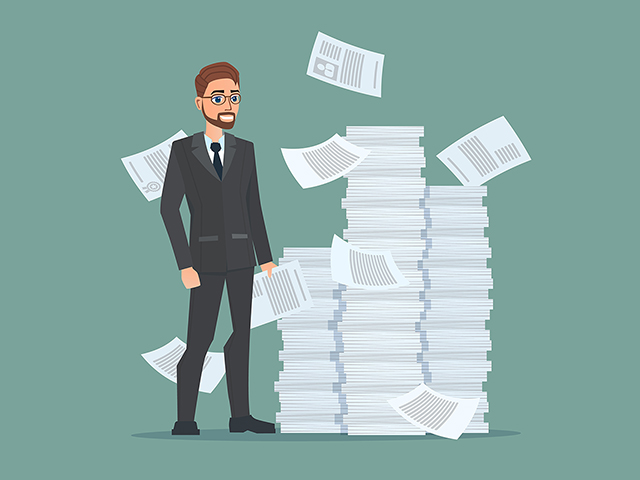
How to Translate Large Files with Ease [2024]
Need to translate large files? Learn about the best tools to use when translating large PDF’s, documents & more (10MB+).

Catalog Translation Software Features to Look for
Need catalog translation? Look for these 10 top catalog translator features (before you buy).

Best English to Vietnamese Document Translation Software (2024)
Looking for English to Vietnamese translation software, but not sure what features you need? Access this buying guide.

How to Create Effective Termbase Glossaries for Machine Translation
Need to create a termbase glossary? Get our top 5 tips for creating effective termbase glossaries for machine translation.

Best English to Korean Document Translation Software (2024)
Looking for English to Korean translation software, but not sure what features you need? Access this buying guide.

Best DeepL Alternative for Enterprise Teams (2024)
Explore various DeepL drawbacks and user-specific needs you might identify with. This way, you can conclude whether alternatives to DeepL could fill these gaps.

Top 10 Translation Industry Trends in 2022
Explore 2022 translation industry trends! Learn about 10 translation industry trends 2022 will bring, according to our predictions »
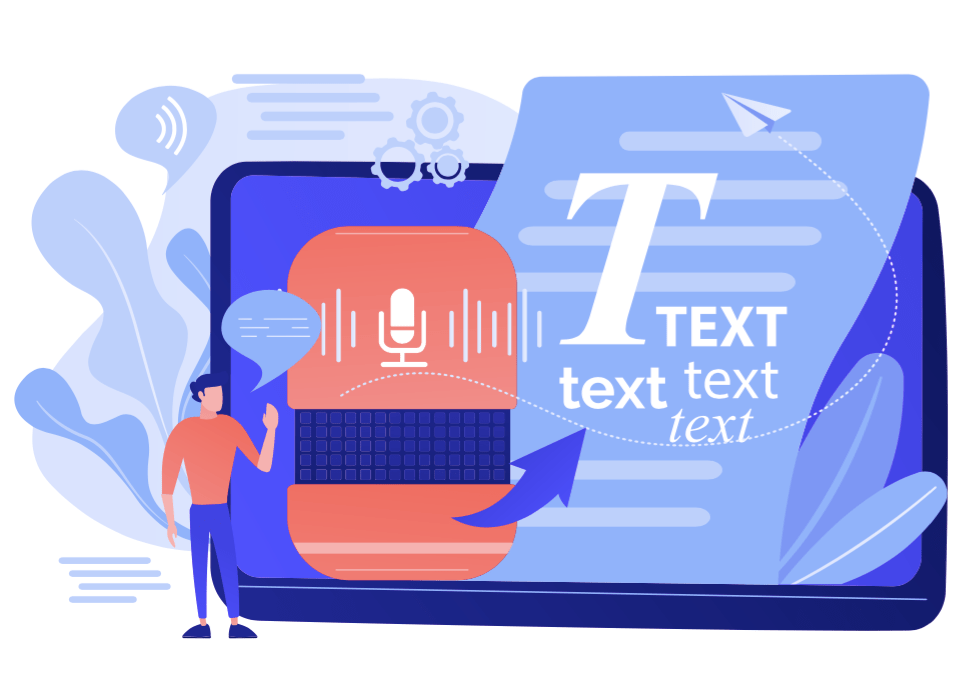
Secure Transcription Software That Translates Languages
Need secure transcription software that translates languages? Learn what features to look for and how Pairaphrase will benefit you.

Best English to Portuguese Document Translation Software (2024)
Looking for English to Portuguese translation software, but not sure what features you need? Access this buying guide.
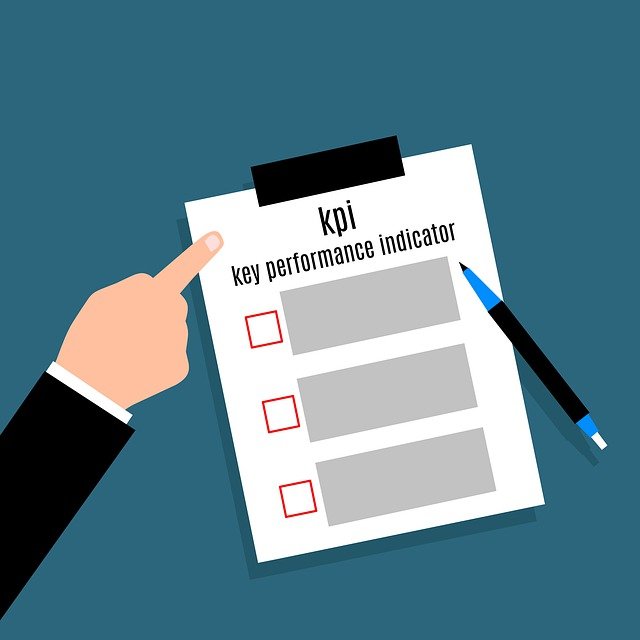
Translation KPIs for Translation Management Success
Establishing translation KPIs (Key Performance Indicators)? Here are the 5 Most Important KPIs for translation management success.

